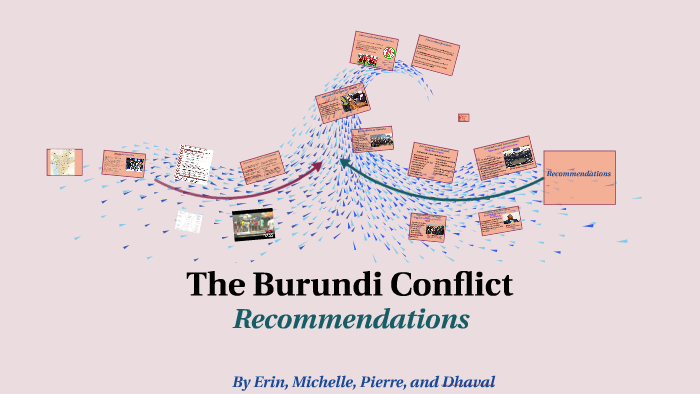
Plan as just more European colonialism trying to steal their land,” claims the video.Ĭolonialism is predicated on the large numbers of colonial settlers moving to a foreign land. “But Arabs throughout the region saw the U.N. Virtually Non-Existent “European Colonialism” In The Arab World Is Invoked Jewish groups organized self-defence outfits such as the Stern Gang, Irgun, as well as the Haganah and its subsidiary Palmach arose in response. Given the absence of necessary context, the audience is led to conclude that both Jews and Arabs were moral equivalents in the waging of violence between the two groups during this time.įrustrated by Jewish settlement, certain Arabs engaged in mass murder terrorist attacks against Jews in the region in the decades leading up to 1948. Omitting the genesis of the violence – Arab intransigence towards Jewish settlement – misleads the audience. The video’s narrative leads one to believe that Jewish migration to Palestine spontaneously led to conflict, with “both sides committing acts of violence.” This is akin to describing an individual defending himself from another’s aggression as “both sides committing acts of violence.”


Jewish Migration To Palestine Did Not Magically Erupt Into Violence Between Jews And Arabs Given that 80% of Jordan’s subjects self-identify as “Palestinians”, does the narrative of “Palestinian statelessness” change? The impression made on the audience would be different if seeing that a proto-nation of Arabs who would eventually self-identify as “Palestinians” lived and continue to live in the land of today’s Jordan. What the video doesn’t show you is that the lands composing today’s Israel, Gaza, and disputed territories in the West Bank compose about 20% of the land controlled by the British Empire under the Mandate for Palestine and Transjordan Memorandum. Within this region, then known as Transjordan and subsequently becoming Jordan, were Arabs virtually indistinguishable from those west of the Jordan River. Unmentioned, however, is that the British Mandate for Palestine following the First World War included a mandate for administering the land of today’s Jordan. When mentioning the British Mandate for Palestine, the video shows an older map of the Middle East’s territories adjacent to the Mediterranean Sea, with yellow highlighting over the land of today’s Israel, Gaza, and disputed territories in the West Bank. The British Mandate For Palestine Was Much Larger Than Depicted


Contemporary historical revisionism and politics – as are on display in the video – have sought to change this. Palestine referred to a region, not a state or nationality. Meanwhile, Jews in Europe were being colored by the rise of nationalism across the continent, playing a role in fueling the growth of modern Zionism. While nationalism was one of the defining ideologies and among the most important social forces affecting change Europe in the 19th century, it did not take hold in the Middle East until decades later in the 20th century. Also falsely claimed is that a “distinct national identity” was being formed by “Palestinians” during the late 19th and early 20th centuries.


 0 kommentar(er)
0 kommentar(er)
